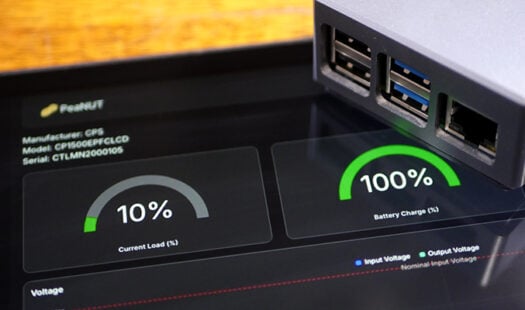
Building a NUT Dashboard with PeaNUT on the Raspberry Pi
Learn how to monitor your Raspberry Pi's NUT server with PeaNUT. THis software gies you an easy-to-use web dashboard that enabels you to easily view the status of your UPS. Read More
If you are looking for some projects for the Raspberry Pi, you have come to the right place. We have over two hundred different projects for you to choose from.

Learn how to monitor your Raspberry Pi's NUT server with PeaNUT. THis software gies you an easy-to-use web dashboard that enabels you to easily view the status of your UPS. Read More
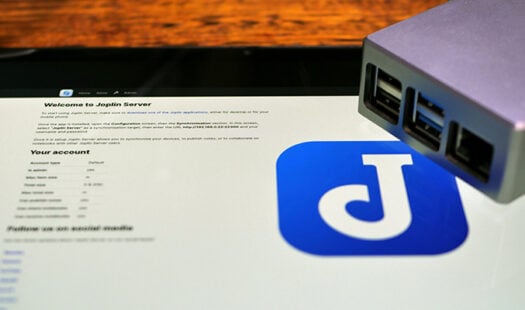
Learn how you can easily synchronise your Joplin notes by running the Joplin server on a Raspberry Pi. Always have your notes up to date with this self-hosted solution. Read More
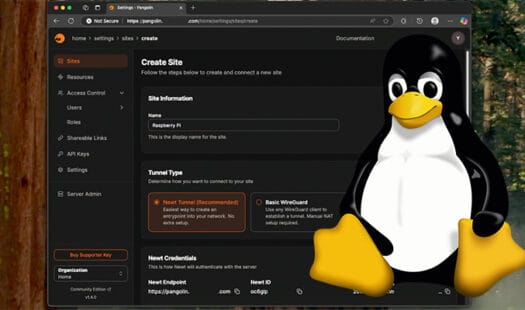
In this tutorial, we will be showing you how you can self-host your very on tunneled reverse proxy using Pangolin. This enables you to host services from within a closed network as Pangolin can perform firewall punchthrough. Read More

In this project, you will learn how you can easily monitor your network by using a Raspberry Pi and the Orb sensor. The Orb sensor enables you to track your networks speed, reliability and responsiveness. Read More
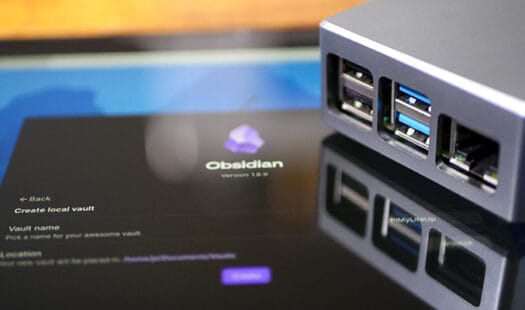
This project will show you how to install and run the Obsidian note-taking application on your Raspberry Pi. To get this software to run on a Pi, we need to use it's Flatpak. Read More
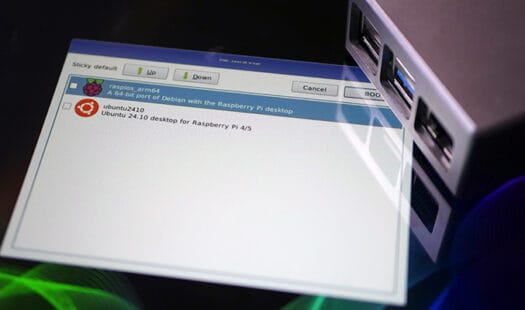
Easily get your Raspberry Pi to multi-boot by using PINN. This software enables you to install multiple operating systems to one storage device and boot into them with a couple of clicks. Read More
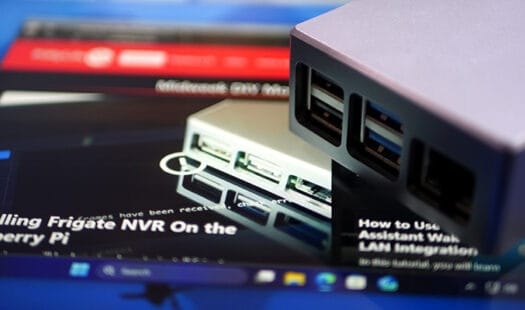
Learn how you can easily get Windows 11 running on a Raspberry PI by using a virtual machine. A VM enables you to use your normal desktop while running Windows on top of it. Read More
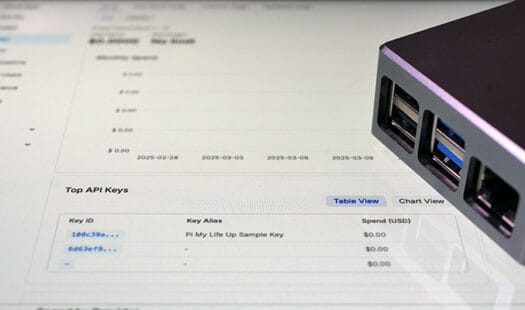
In this project, you will learn how to turn your Raspberry Pi into an Ai Proxy powered by LiteLLM. This enables you to use different Ai models all from the one API endpoint. Read More
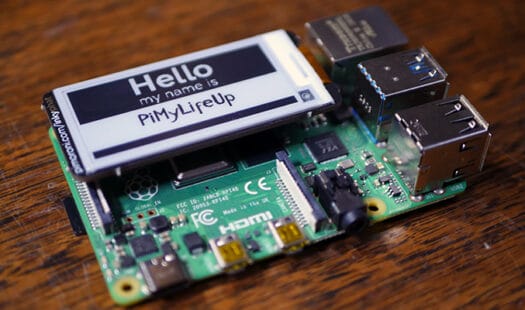
Learn how to set up and use an Inky eInk screen with your Raspberry Pi in this comprehensive guide. Discover the benefits of eInk displays, their low power consumption, and how to display essential information like IP addresses. Perfect for adding a little bit extra to your Raspberry Pi projects. Read More

In this project, we will be showing you how to install and run Half-Life 2 on your Raspberry Pi. This cult classic FPS can now be run thanks to a leaked version of the source code. With the Pi 5, you can even get decent performance. Read More

In this quick guide, we will be showing you how to turn your Raspberry Pi into a retro gaming machine by using the Batocera distribution. This distribution has support for a huge number of retro systems right out of the box. It is a great alternative to RetroPi. Read More
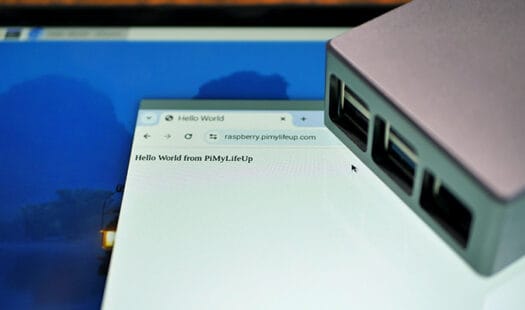
In this tutorial, you will learn how you can set up a publicly accessible website on your Raspberry Pi using a Cloudflare tunnel and the Nginx web server. Read More
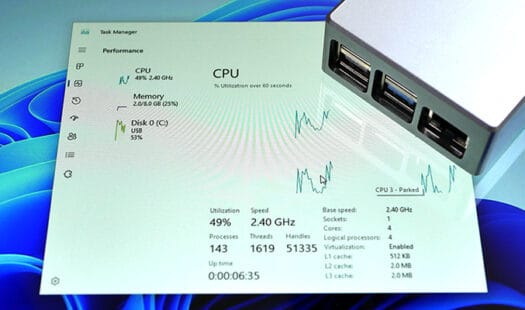
In this project, we will be showing you how to install and run the Windows operating system on a Raspberry Pi. While it is possible to run Windows, it can be a bit of a rough experience due to the lack of proper driver support for the PI's many built-in hardware. Read More

In this project, we will be showing you how you can run the Deepseek AI models on a Raspberry Pi by using their distilled variants. A distilled model is essentially a cut down version of the full Deepseek AI model. It isn't as capable but allows it to run on weaker devices. Read More
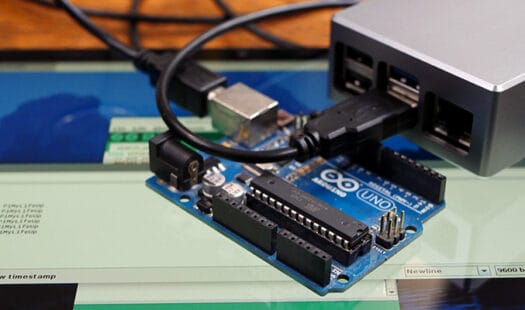
In this guide, we will walk you through the steps of install and using the Arduino IDE on a Raspberry Pi. This software allows you to program an Arduino directly from your Pi. Read More
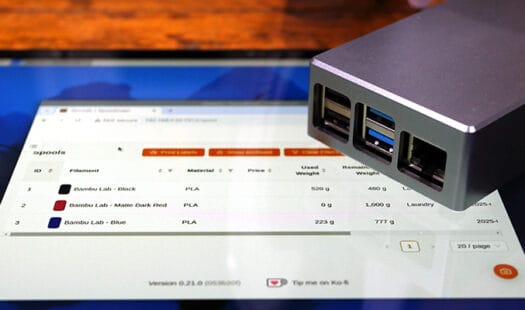
In this project, we will show you how to install Spoolman on to your Raspberry Pi. This software enables you to track your filament usage through an easy-to-use web interface. It can even integrate with your printer to automatically update your filament usage. Read More
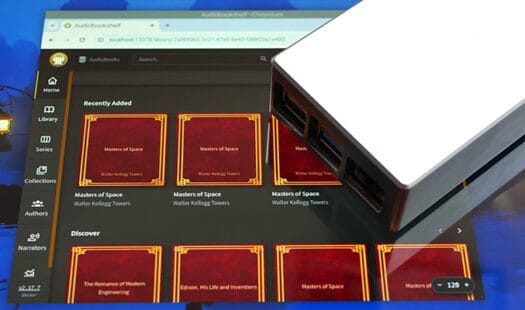
In this tutorial, you will learn how you can easily host your audiobook and podcast libraries on a Raspberry Pi using Audiobookshelf. This software scans your media and serves it through a web or native app on your phone. If you have used Plex before, you will know how Audiobookshelf works. Read More
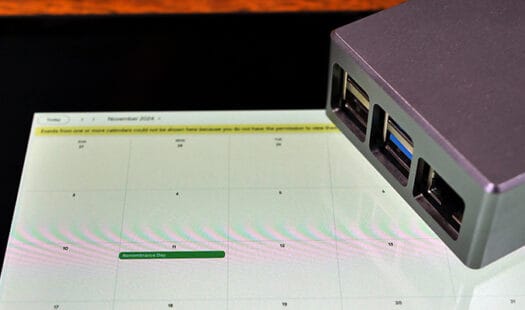
In this quick tutorial, we will be showing you how you can use your Raspberry Pi to display your Google Calendar on a screen. This can be great for setting up a central location where you can quickly see your upcoming events. It easily works with any spare monitor you may have lying around. Read More
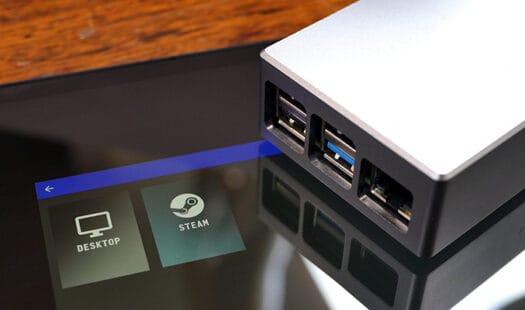
In this Raspberry Pi project, we will be showing you how to install and run Moonlight. This software is a self-hosted game streaming client known for its low latency and high-quality streaming. Read More

In this guide, we will be showing you how you can flash router firmware to a Sonoff Zigbee Dongle Plus (ZBDongle-P). By acting as a router, this USB dongle can increase the range of your network by just being plugged into a well position USB-A port. Read More